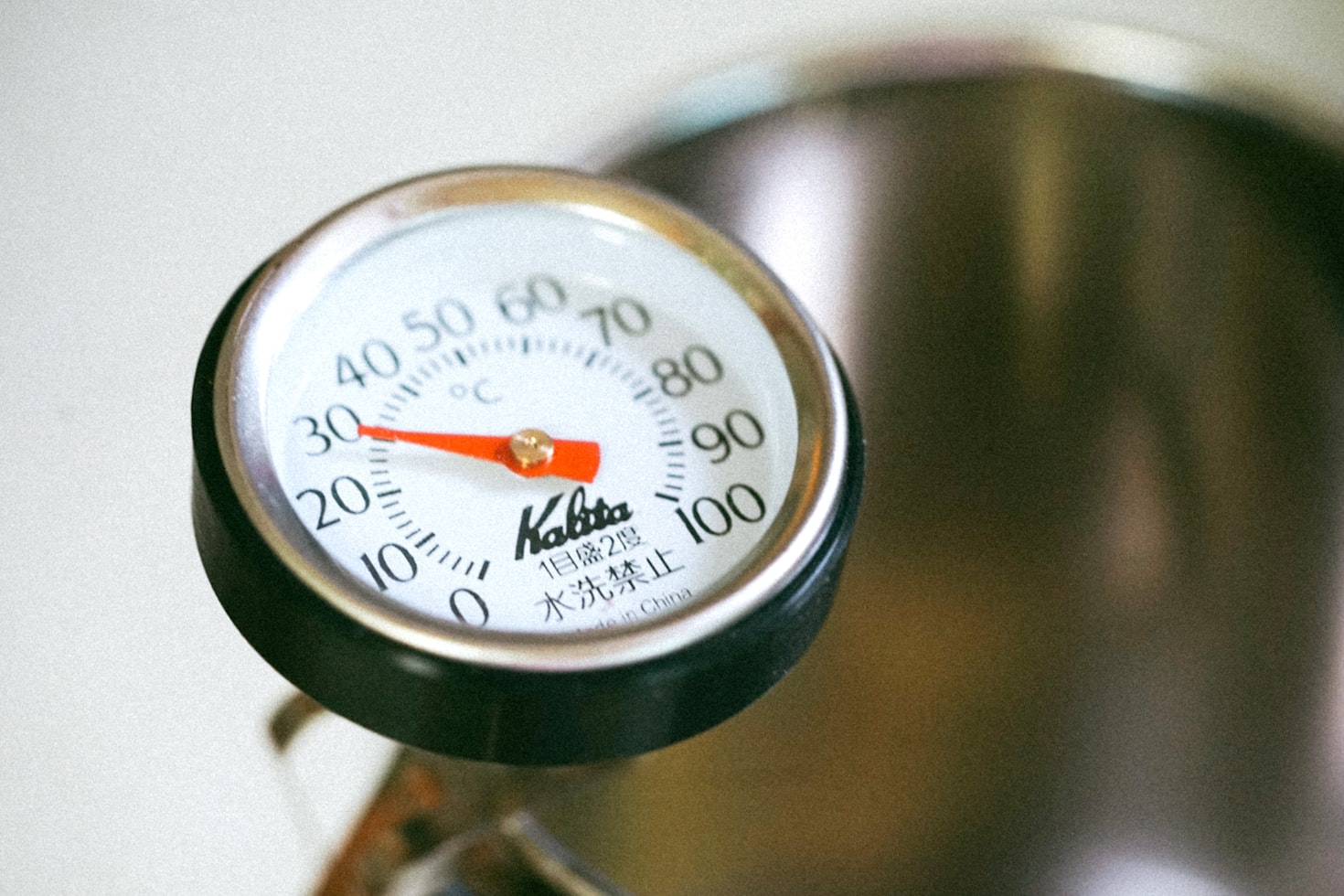What Function Does A Temperature Chamber Serve?
A temperature chamber is a regulated setting that may be used to replicate the conditions that a product would encounter while being utilized. These highly controlled technical tools may mimic the dangers, uses, and conditions that a product can come into contact with. By rapidly aging a product to assess its lifetime, temperature chambers may create conditions that mimic a product's use life.
Organizations may use temperature chambers to test how a product will perform in the most severe conditions. You may prevent launching a product that doesn't live up to customer expectations by having the ability to perform and create these scenarios.
How Does A Temperature Chamber Work And What Is It?
In order to simulate different atmospheres, temperature chambers use a variety of technologies to generate varying degrees of heat. Procedure variations are more closely related to the methods used by manufacturers than they are to the effectiveness of the device. To meet the needs of their customers, several providers offer a range of solutions.
How do chambers function, you ask? The long-term effects of a broad range of temperatures on the quality standards of a product or component are examined in temperature chambers. They help in figuring out how the tested material behaves in conditions when the temperature and humidity are constantly changing. In order to generate and create failure, the tests may be static or dynamic in nature.
Forced air convection is used to perform temperature tests in temperature chambers, sometimes referred to as environmental test chambers. They have several characteristics with an oven. The main need of the test chamber is air flow, which is managed by a fan and motor.
There are three different kinds of thermal testing techniques: cycling, burn-in, and shock. Each test determines how well a component can endure high temperatures.
Cycling Thermodynamically
A controlled test called thermal cycling involves varying the temperature within the chamber. To minimize thermal stress and make sure the component achieves the required temperature, the rate of change is managed. These brief rest periods are known as soaks. To make sure that temperatures do not increase too quickly beyond what a component can withstand, the rate of change is constantly watched.
Examine For Burn-In
A steady temperature must be maintained for a long time during the burn-in test. The purpose of the test is to evaluate a component's ability to function in a certain environmental setting. Power measurements, excellent reliability, and a precise temperature control system are all included in the test. Before supplies are sent out, it is important to make sure that the components are in excellent functioning condition.
The burn-in test is used in a variety of industries, including military equipment, consumer appliance testing, and semiconductor manufacturing. Verifying the reliability and safety of the product is the main objective of the test.
Temperature Shock
Although thermal shock testing and cycling can seem similar, the primary difference is the amount of time spent at each testing level. The ability of a product to withstand considerable temperature swings is a key attribute since goods may be exposed to a wide range of temperatures during their useful life.
Thermal shock testing is the most severe sort of temperature testing. At a pace of around 30° C per minute or faster, the temperature gradients are changing quickly. It is used to test electronics, military hardware, packaging, and parts of airplanes.
Based on the number of zones they include, three kinds of thermal shock chambers may be distinguished. The two-zone approach moves items between the various temperature zones in a basket. Two hot zones and one cold zone that is always in use make up the two-zone, double-capacity model. The three-zone variant has a hot and cold zone in addition to an ambient temperature zone.
AGREE Environmental test chambers are a unique kind of chambers. The military established AGREE, or the Advisory Group on Reliability of Electronic Equipment, in the middle to beginning of the 1980s. In addition to temperature testing, AGREE chambers may also conduct vibration testing while putting objects through a range of temperatures.

